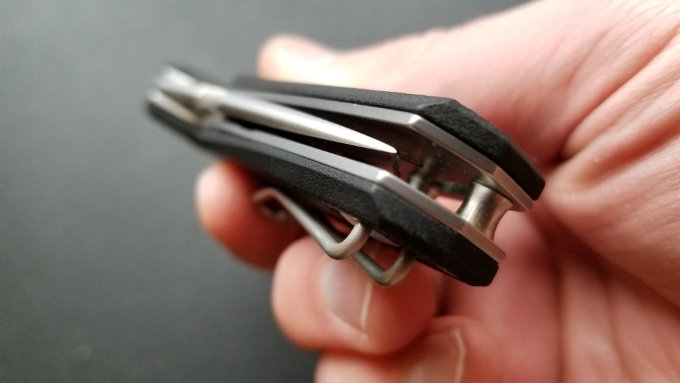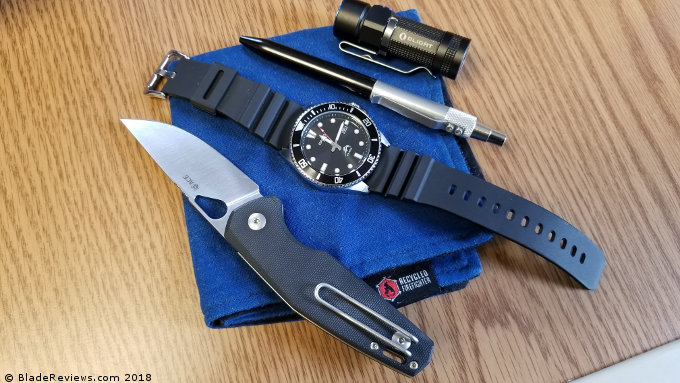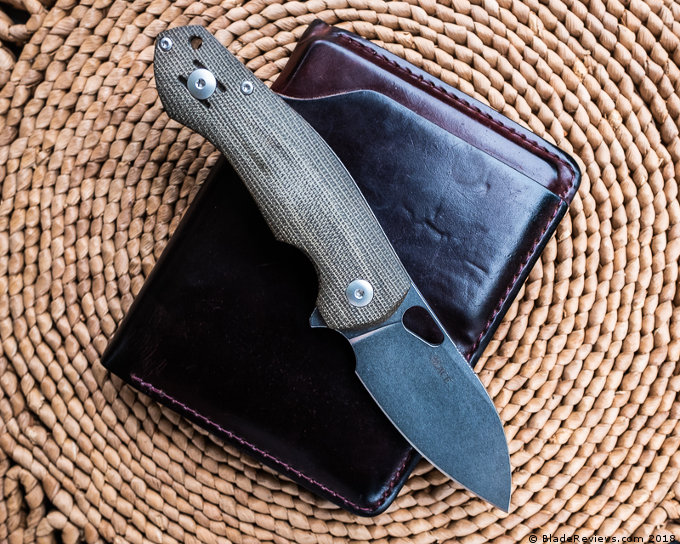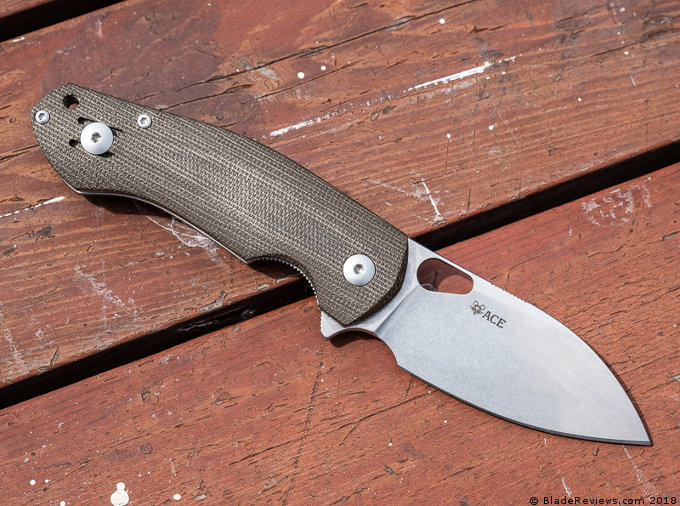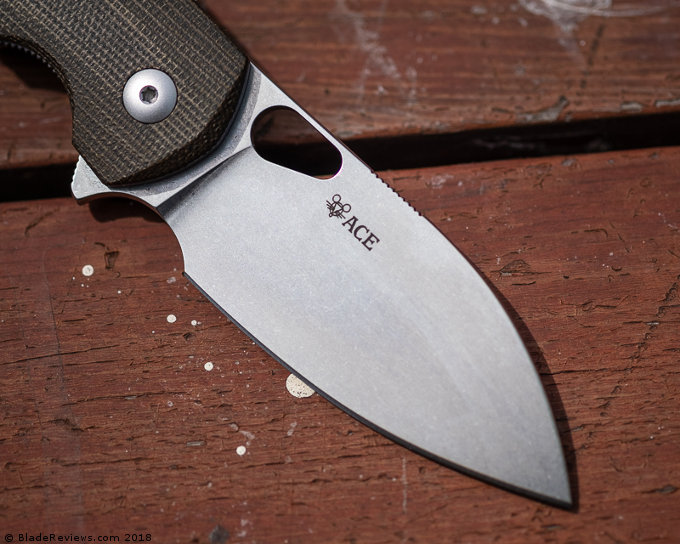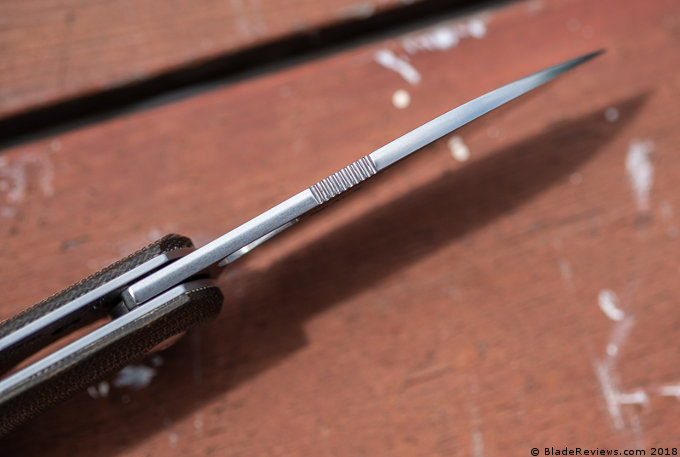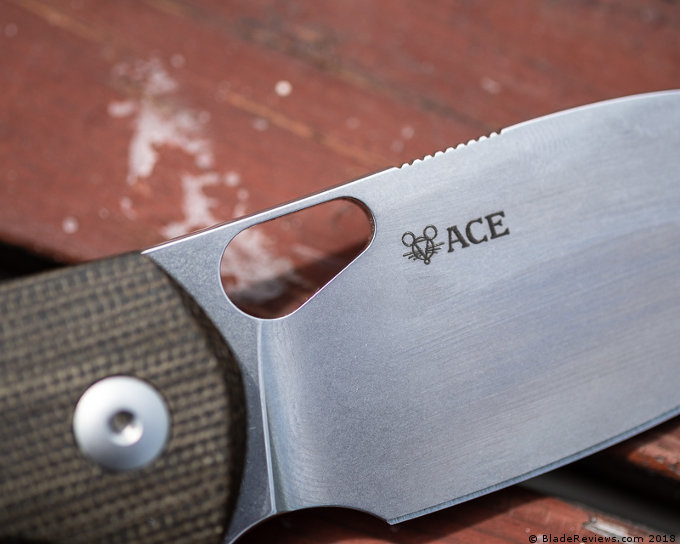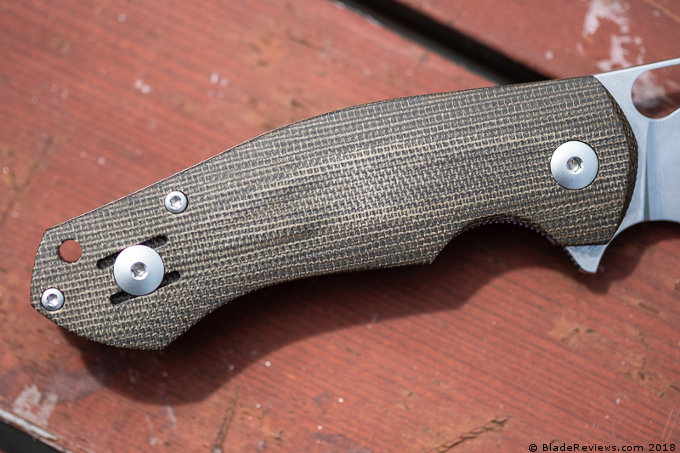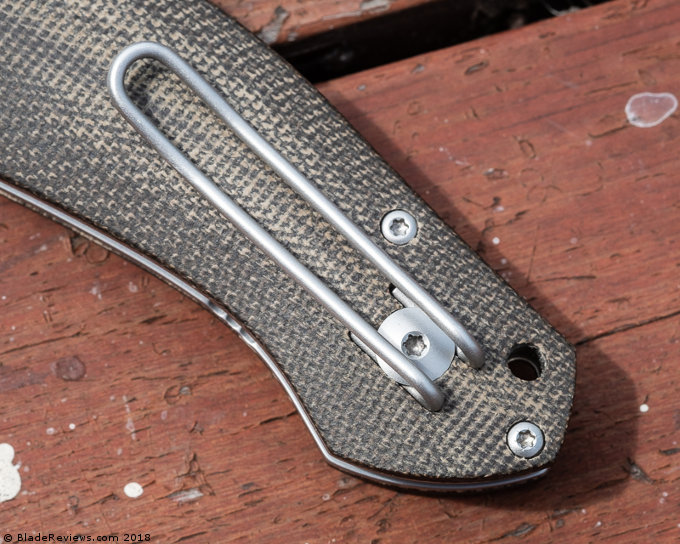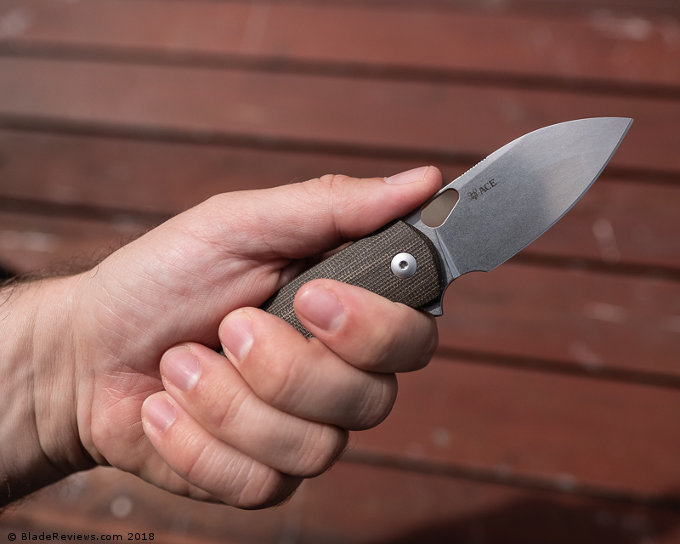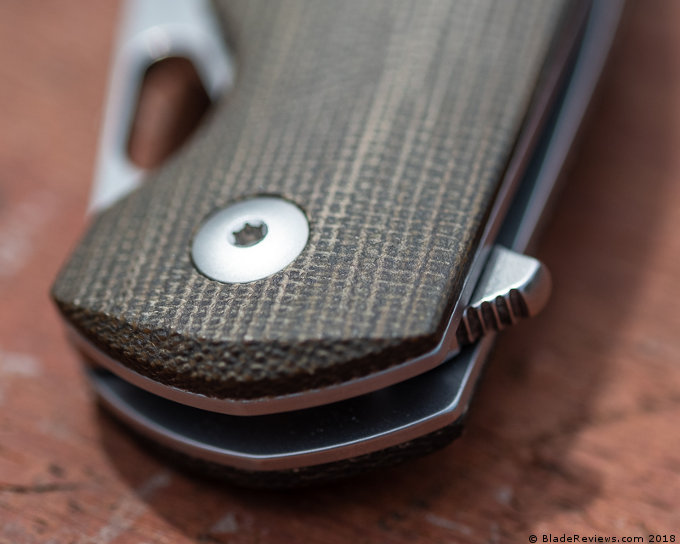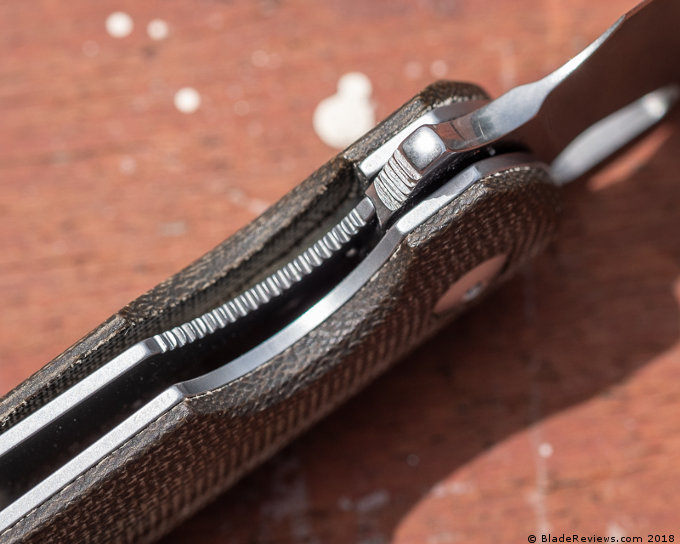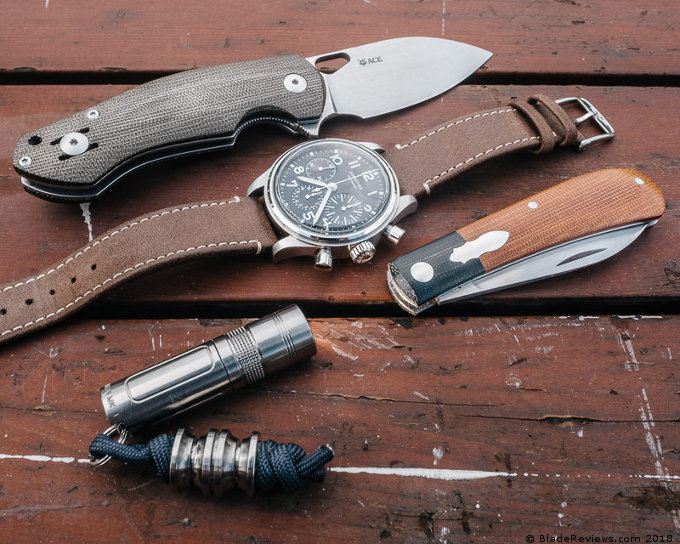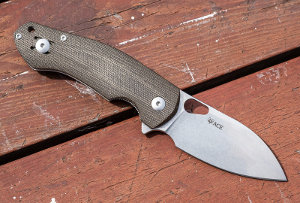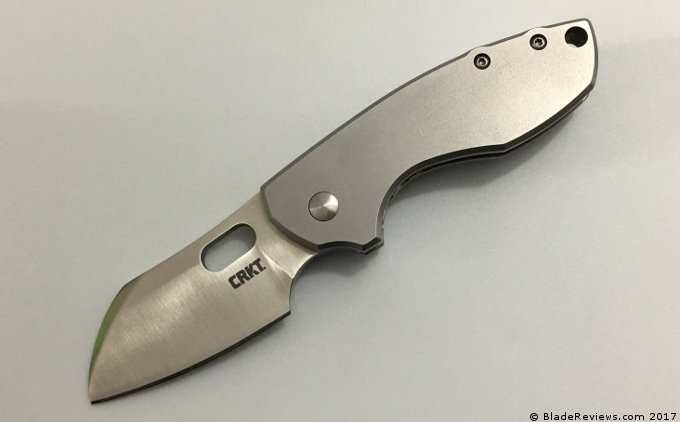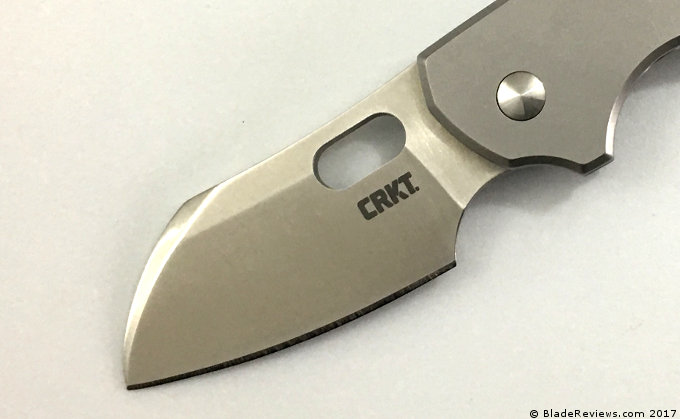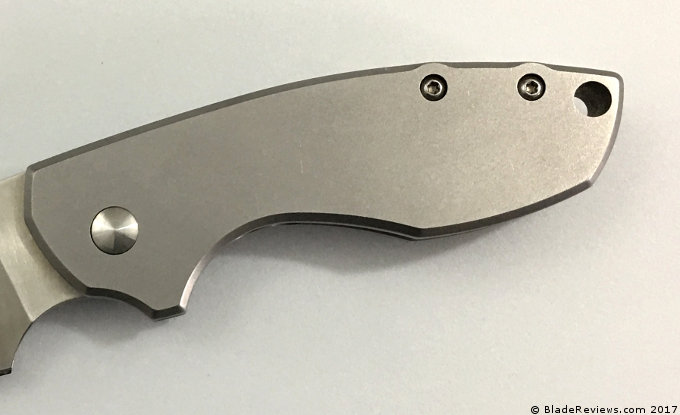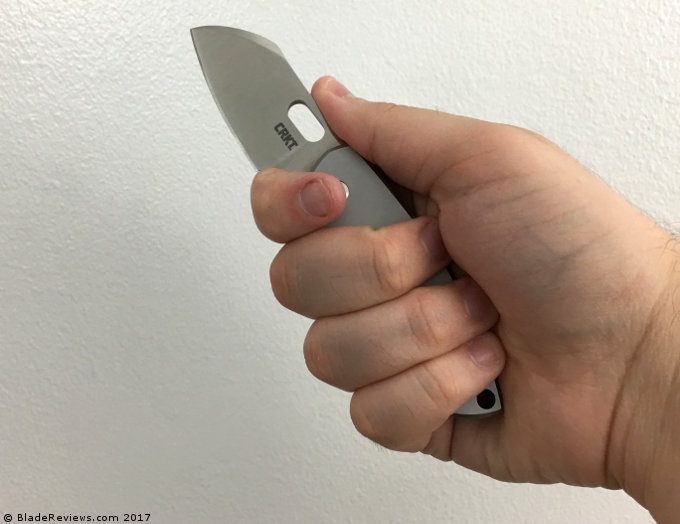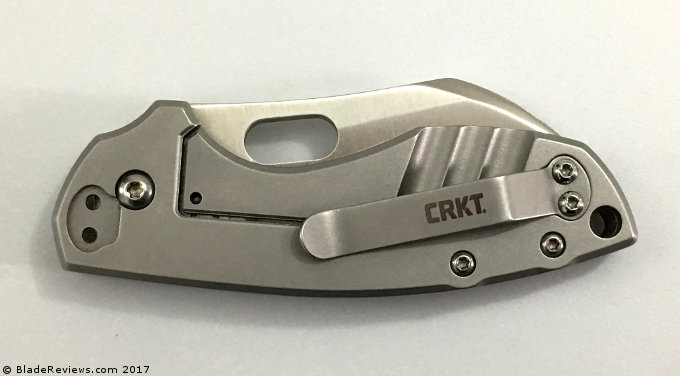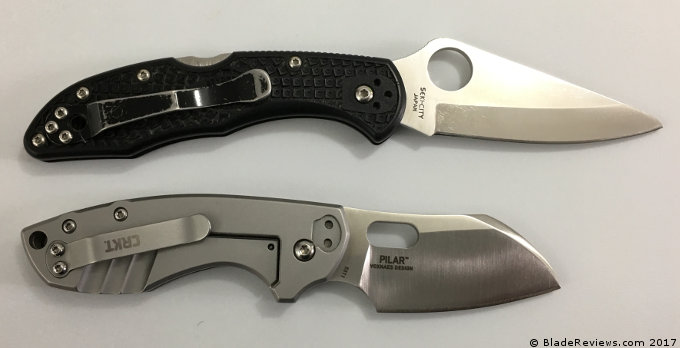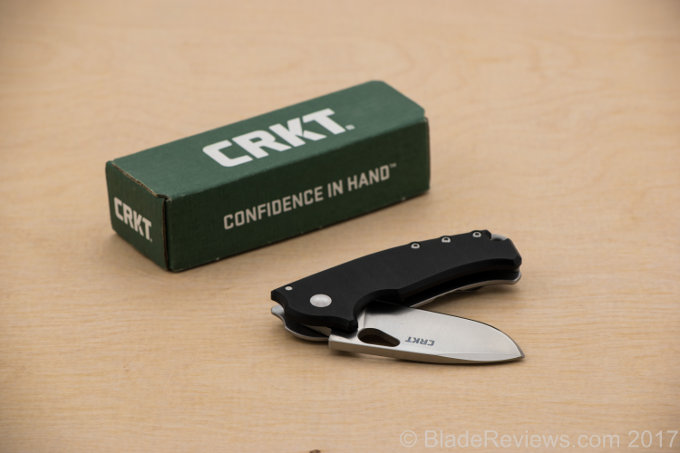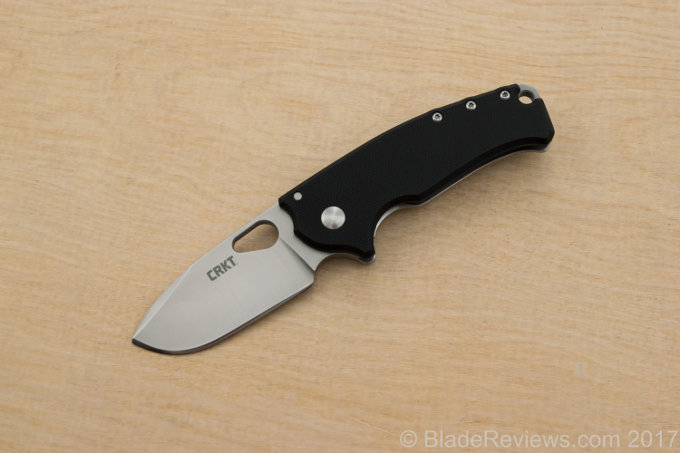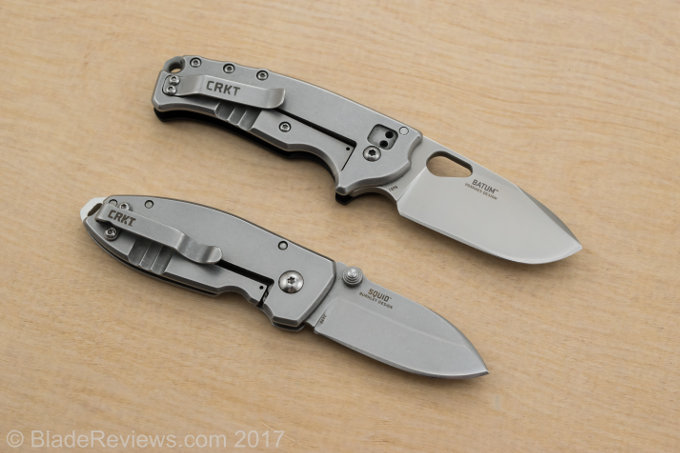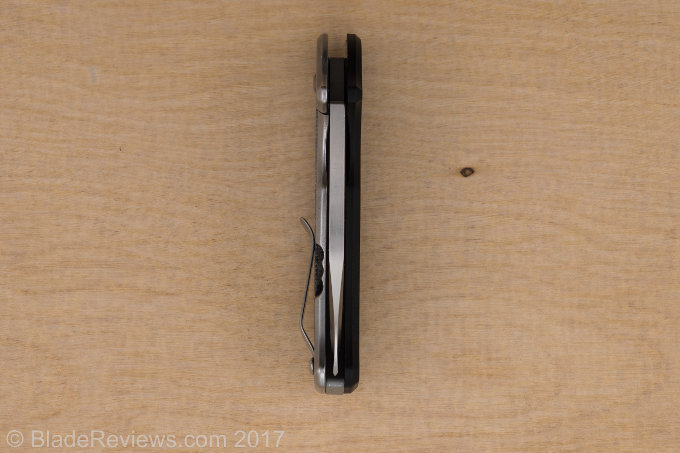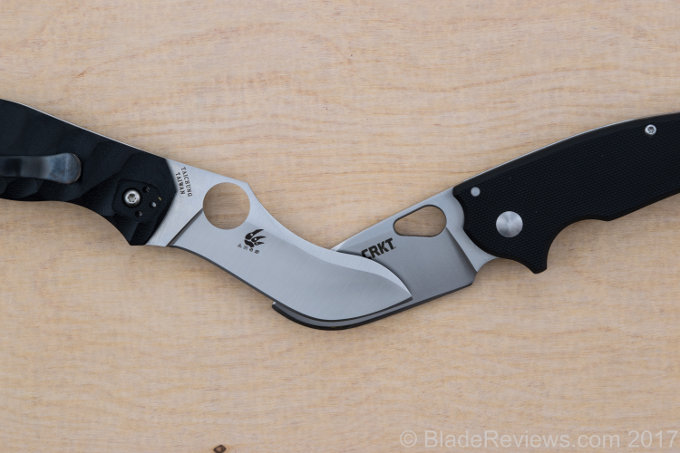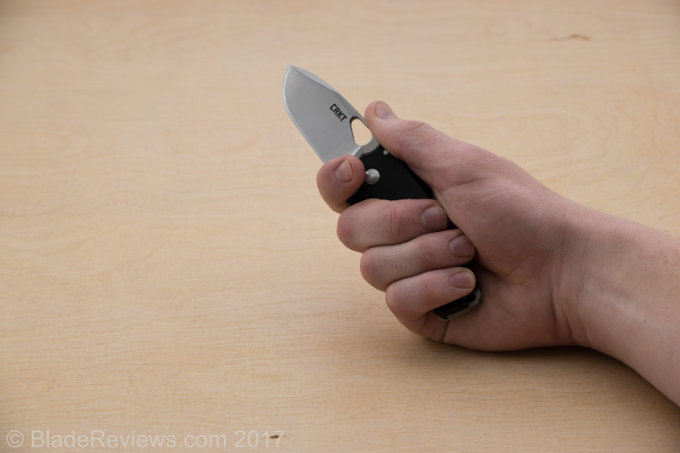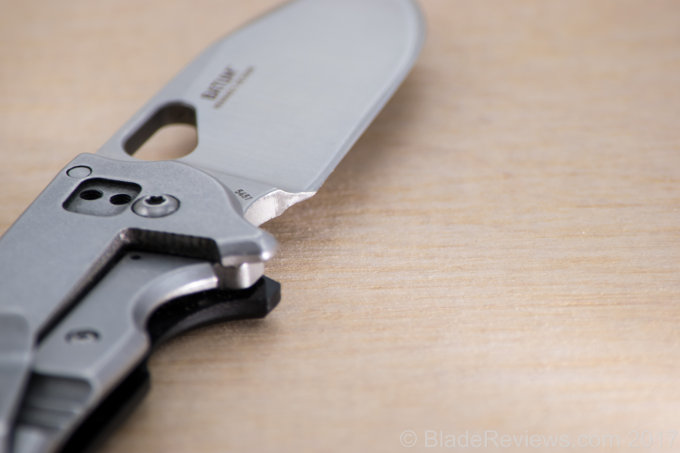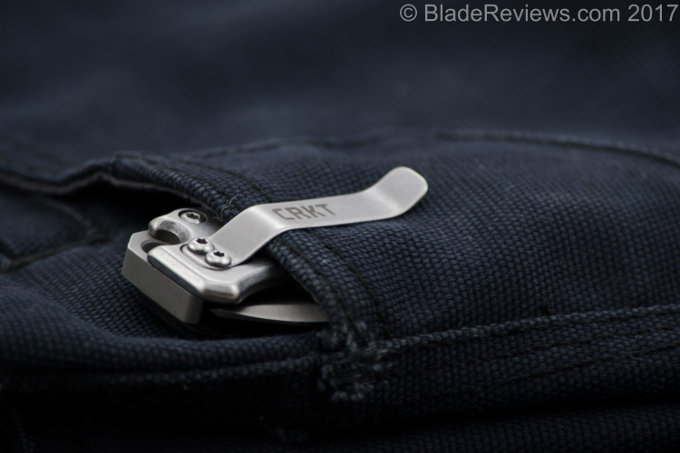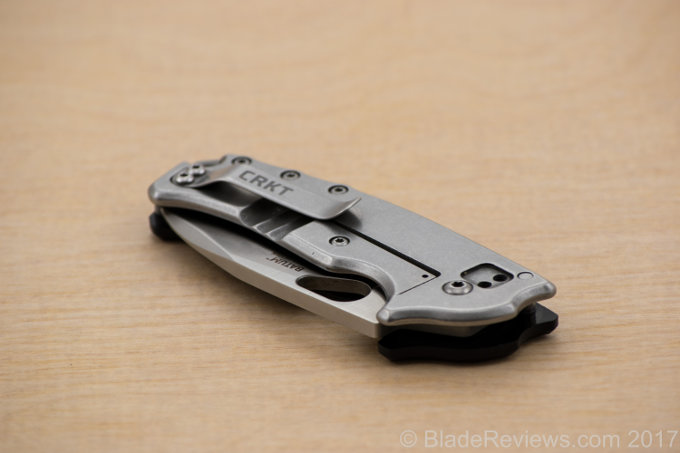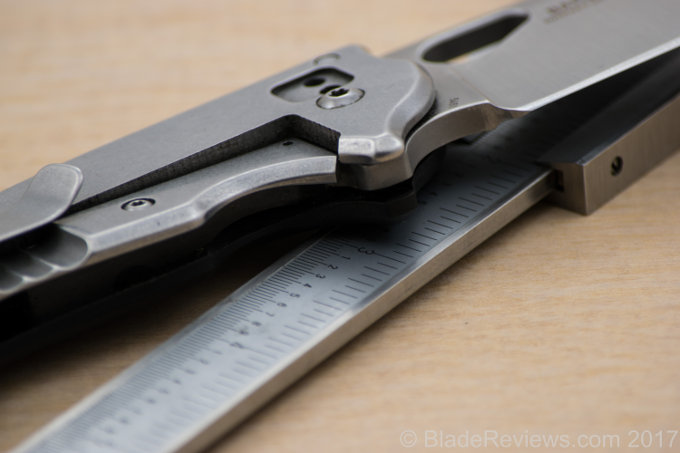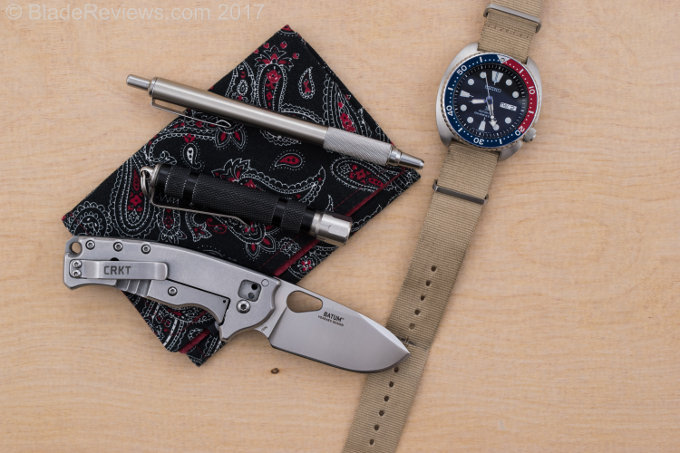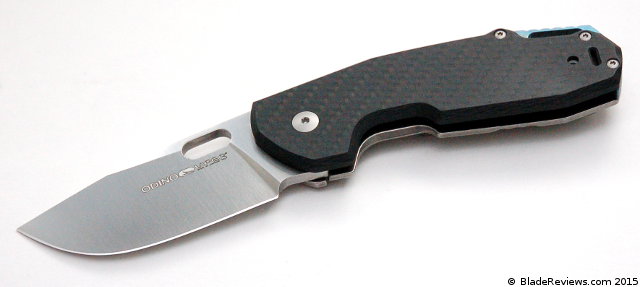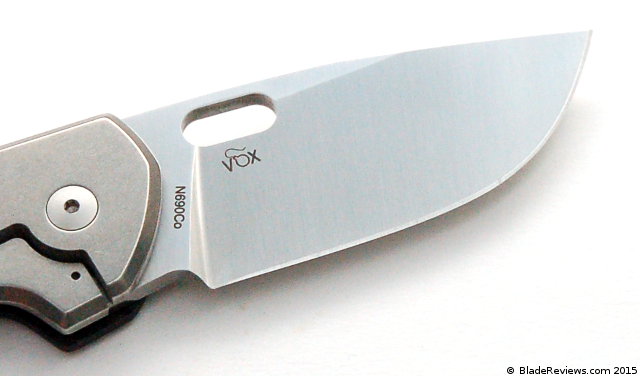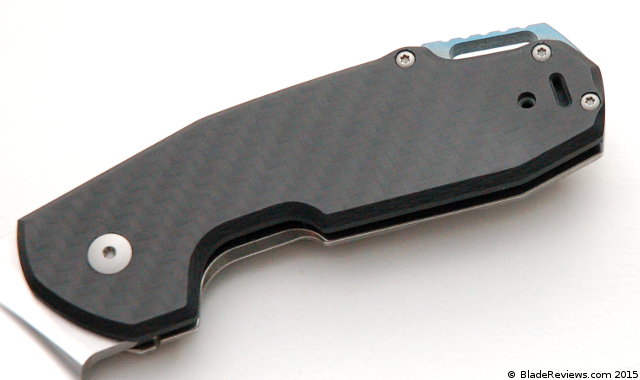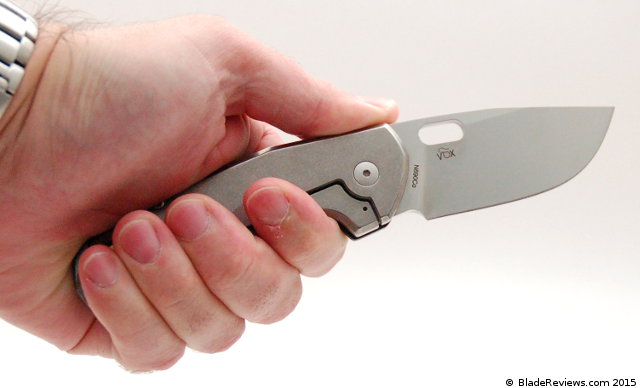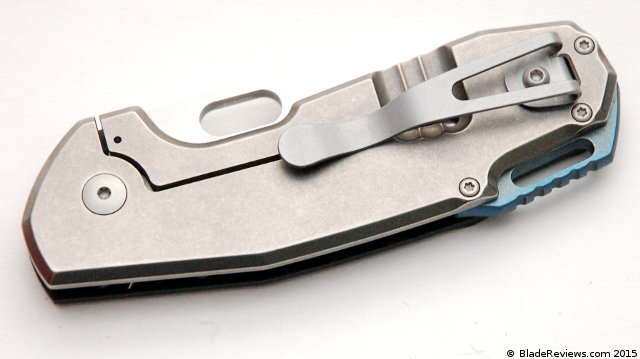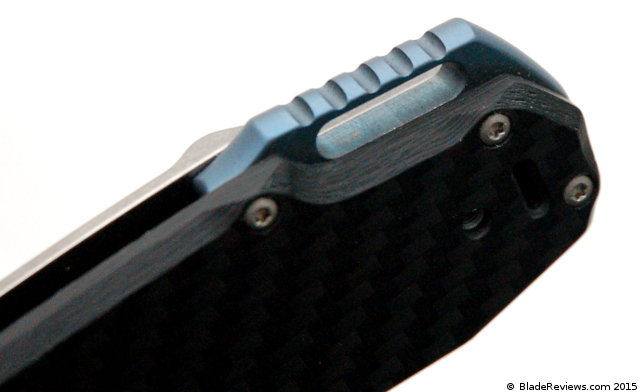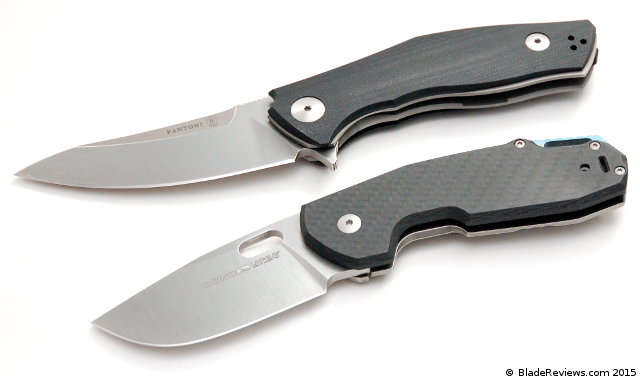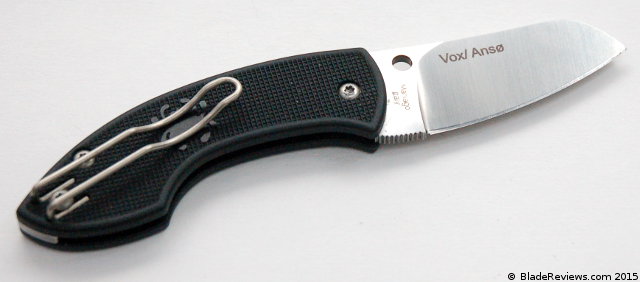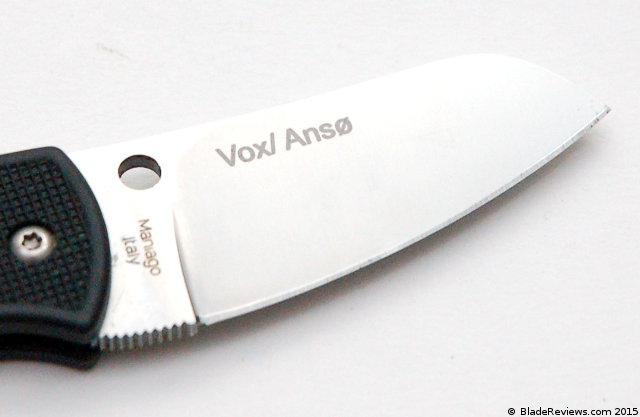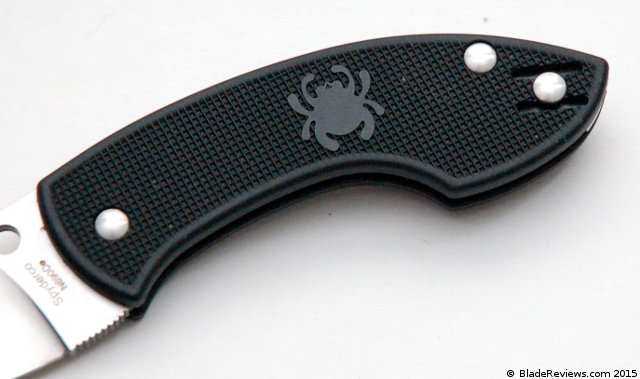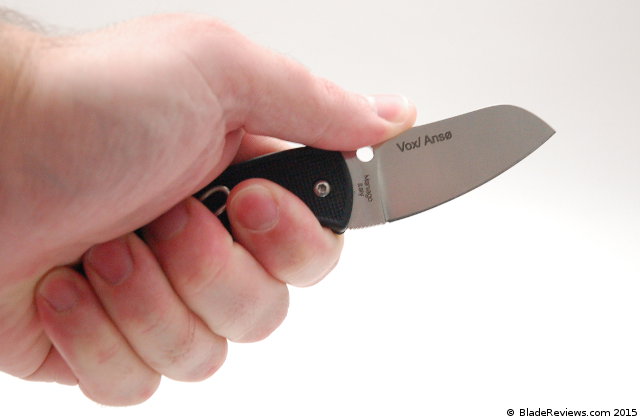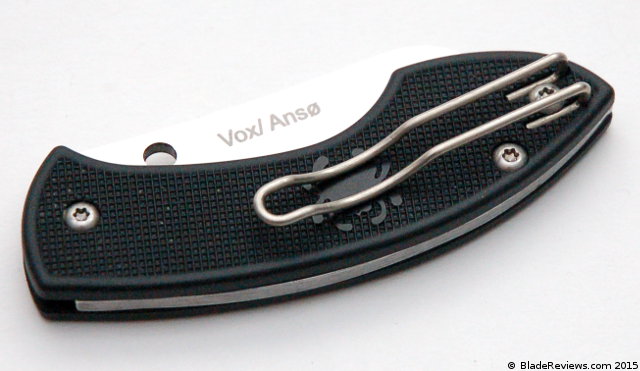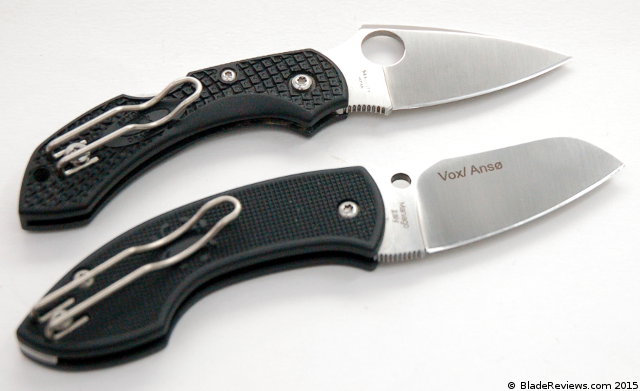Last Updated August 14, 2019
Few names in the knife world garner as much respect as Jesper Voxnaes and Jens Anso. Together, they’re a veritable dynamic duo of knife design. So, when the folks at Giant Mouse Knives agreed to send over a loaner of the pair’s new ACE Nimbus model, the clouds parted and I beheld the aura of a truly excellent EDC blade.
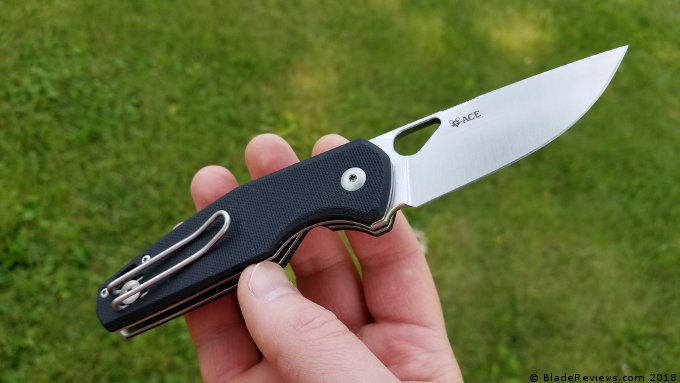
Buy the Giant Mouse ACE Nibus at BladeHQ
Mythical and meteorological references aside, this is a surprisingly grounded tool. Based off a venerable midcentury motorcycle, Anso and Vox drew inspiration from the “rugged, utilitarian design objectives of the Nimbus.” The Giant Mouse website hails it as their “take on a great tool knife… the kind of knife you will love to use for years to come.”
General Dimensions and Blade Details
Let’s start with the Nimbus’ centerpiece – Three inches of flat-ground Bohler M390. This beautiful blade is a full inch tall, with a thickness of 0.14 at its well-chamfered peak. The satin finish provides a glow worthy of its namesake’s Merriam-Webster definition, with beautifully etched logos on the clip side. The teardrop opening hole is rounded along its top (where your finger is most likely to make contact), though the lower edge has been left square.
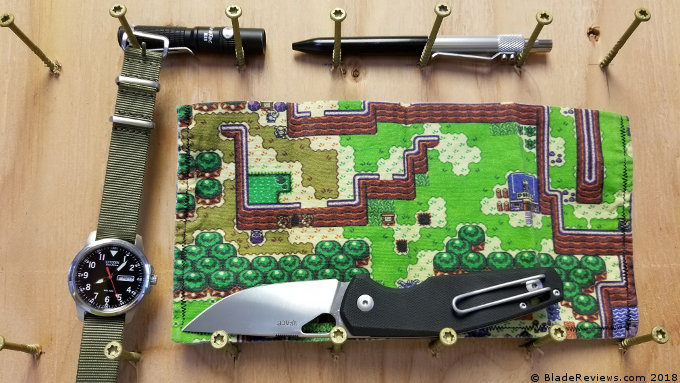
Behind the blade, users will be treated to 4.25-inches of textured G-10, with stainless steel liners and a reversable wire pocket clip. The Nimbus is fairly wide through the hips, exactly twice as tall in the handle (1.1”) as it is across (0.55”). This brings the weight to a not-inconsiderable 4.04-ounces – Hefty, but not bad for a heavy-use tool.
And indeed, this is how Giant Mouse wants us to consider the Nimbus. They advertise it as “the knife you’ll want to keep in your winter coat, backpack, working jeans or toolbox.” In that vein, here’s a comparison with the two other folders I reach for when the going gets tough: The Spyderco Native 5 and Zero Tolerance 0562.
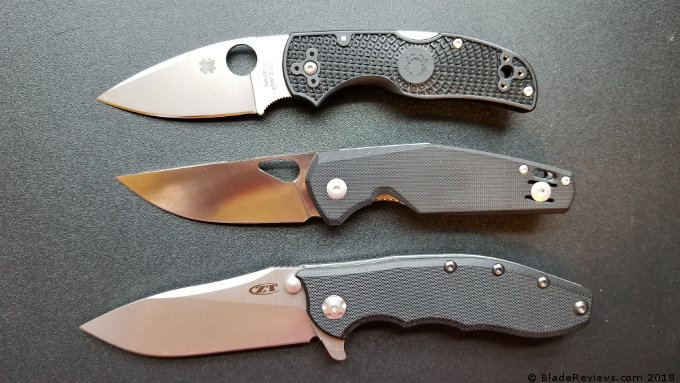
So, how does it perform? Honestly, this one took a while to grow on me. The blade felt undersized at first, struggling to straddle apples and medium sized onions. The turning point came in the form of several large bookshelf boxes from my construction trailer. These paper behemoths fell to pieces in the face of the Nimbus. Its tall edge glided through six-foot swaths of quarter-inch cardboard, almost reminiscent of a razor knife. Consider me sold.
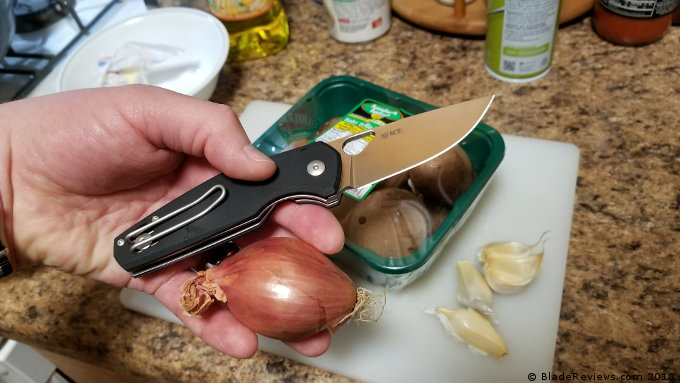
Performance aside, there are additional advantages to a sub-3.5 blade, legality being foremost among them. From city warehouses to country cabins, it’s a knife that can go where the work is.
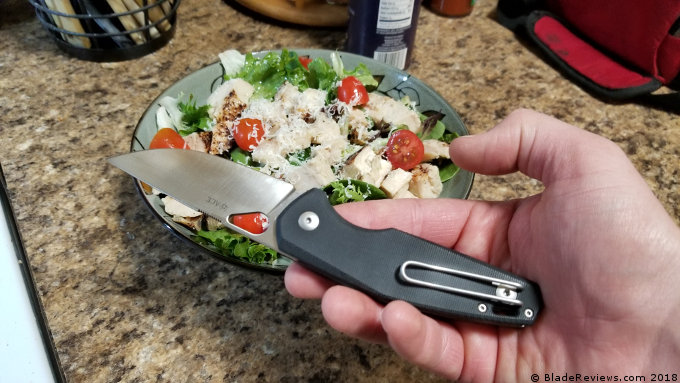
A few nitpicks: While I love the cutting capability, I actually feel that the blade may be a little under-branded. The ACE and Giant Mouse logos are great, but the show side has been left completely blank. I’d like to see these split, perhaps with one logo on each side, in addition to a mark announcing the M390 steel.
Handle, Ergonomics, and Pocket Clip
The Nimbus is a nice match for my medium/large hand. The humpback design creates a solid grip, especially when paired with the handle’s overall thickness. The thumb jimping is perfectly placed, just forward of the opening hole. The texturing of the G-10 is sublime, marking a nice balance between smoothness and grip. I’d compare it to the feeling of a Micarta handle from ESEE, making it a bit softer than the G-10 on the ZT 0562 shown above.
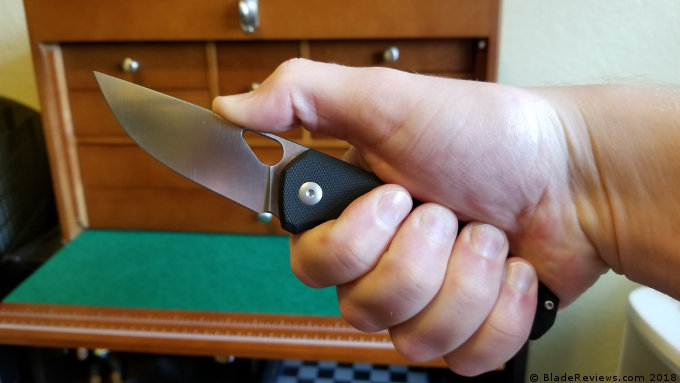
The weakest point of this ACE’s ergos lies in its lockbar. The slight scallops cut for thumb traction tend to rest in the joint of my index finger, causing a bit of a sawing effect under heavy grip. It’s not a major issue, and just mentioning it makes it sound like more of an issue than it really is. At no point did I develop a skin irritation because of this bit of texturing. Still, you’ll certainly know it’s there.
Speaking of touchy spots, take a look at the tip in the photo below. More specifically, check out how close it is to the top of the liners.
Yeesh. While it’s not close enough to catch a finger as it slides across the surface, this is my strongest criticism of the knife. A slight alteration in the blade’s angle would have dropped the point safely beneath the surface. As it is, it’s not close enough to be considered a fatal flaw. But you’ll definitely want to mind the gap, as our British friends say.
The wire clip, too, is something of a conundrum. While I’m a huge fan of its overall design and deep-carry function, it does create a minor hotspot in the palm. The pros outweigh the cons here, so I’m happy with it overall.
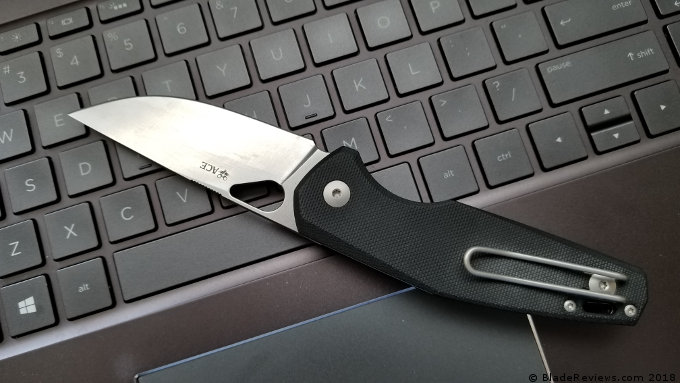
Let’s take a moment to talk about the internals. The folks at Giant Mouse were kind enough to allow me to take the Nimbus apart, and I’m very glad they did. Take a look at the full breakdown:
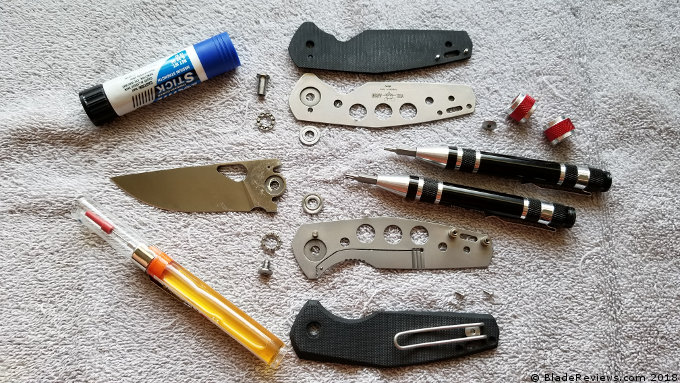
Beyond the solidity of its machining, there’s some excellent detail work here. The badging on the liners is very attractive, and obviously meant to be enjoyed by tinkerers such as myself. Then there are the washers, inset with a race track for the bearings. There’s so much to like here, and the disassembly process is relatively straightforward. My lone complaint lies in the free-spinning pivot, which requires a TORX driver on both sides for takedown and dial-in. Otherwise, this knife’s maintenance process was a breeze.
Deployment and Lockup
Giant Mouse said it best themselves: “If you are looking for a trick knife to middle-finger flick and play with during office breaks, we have other options coming in the ACE-line.” This held true throughout my time with the Nimbus.
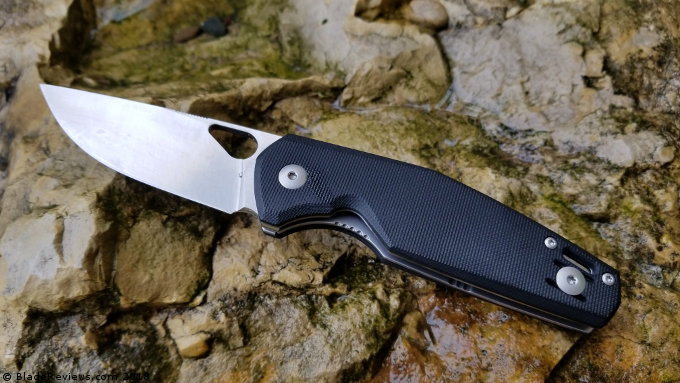
While the finger hole is certainly capable of producing snappy opens, this isn’t exactly a fidget-friendly tool. For one, the lack of a flipper tab/blade guard makes it possible to flick the edge down onto your thumb during closure. It didn’t happen to me, but careless users may find themselves with a nick or two if they’re not careful. This isn’t something I’d consider as a flaw, especially since Giant Mouse straight up warns you that this is a function-first knife. Still, lockup is solid and satisfying, with the linerlock leaf snapping into place flush with the clip side of the blade tang.
Dialing the action in can take a bit after disassembly, due to the nature of a free-spinning pivot. But once you have the screws in right, you’re left with nothing but smooth solidity.
Giant Mouse ACE Nimbus Review – Final Thoughts
The Nimbus looks, feels, and cuts like a $175 knife – Every inch, every penny. From its excellent construction to the thoughtfulness of its design, this is a rare case where the silver linings outshine whatever troubles make up the cloud. Fans of Anso and Voxnaes will find a lot to like here, and newcomers can use it as a primer for their design philosophy. At the risk of making a pun, the folks at Giant Mouse… Well, they ACE’d it.
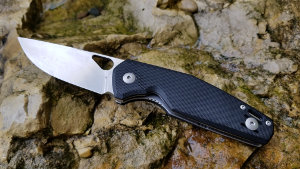
Giant Mouse ACE Nimbus – From $175.00
From: BladeHQ
I recommend purchasing the Giant Mouse ACE Nimbus at BladeHQ or Amazon. Thanks for reading.
